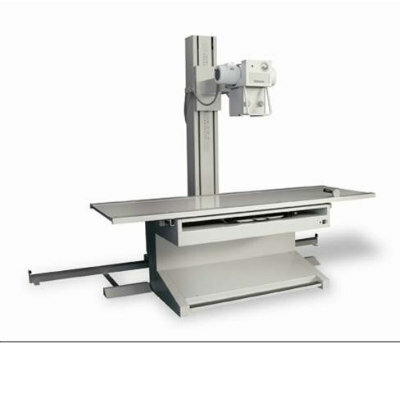Cardiac MR Aids in the Prevention of Sudden Cardiac Death
By MedImaging International staff writers
Posted on 14 Sep 2011
European scientists have developed a technique to identify a subgroup of patients with myocardial infarction that is at increased risk for sudden cardiac death. Using cardiac magnetic resonance tomography (CMR), the scientists are able to detect the extent of infarction-related damage to the heart muscle and assess the risk for life-threatening arrhythmias. Posted on 14 Sep 2011
The investigators of the research were from the Charite-Universitätsmedizin Berlin (Germany) and Universität Leiden (The Netherlands), and the study’s findings were published August 2011 in the Journal of the American College of Cardiology.
Myocardial infarction frequently leads to permanent complications such as arrhythmias, heart insufficiency, or heart failure. Physicians refer to this as chronic myocardial infarction. A chronically ill heart muscle frequently works with a severely decreased function and is at higher risk to develop dangerous arrhythmias that can lead to sudden cardiac death. To prevent this, patients usually receive an implantable cardioverter-defibrillator (ICD). This device, which is implanted like a pacemaker, detects dangerous arrhythmias and delivers an electric shock to the heart muscle. In consequence, normal sinus rhythm is reestablished.
As it is difficult to predict who is really going to develop life-threatening arrhythmias after a myocardial infarction, physicians implant more preventive ICDs than needed. This results in a higher quantity of complications for patients and an enormous burden on national health systems. Therefore, the aim of the present study was to identify a method to improve the evaluation of individual risk for developing dangerous arrhythmias.
Prof. Jeannette Schulz-Menger and her team from the Experimental and Clinical Research Center (ECRC) of Charité and HELIOS-Krankenhaus Berlin Buch (Germany) examined 52 chronic myocardial infarction patients with CMR. With the use of contrast agents they were able to assess how much of the heart muscle was affected by the infarction. After ICD implantation, there was a significant association demonstrated between relative infarct mass and development of arrhythmias. The depth of the scarred tissue in the heart muscle, the transmurality, provided the best prediction. “We found a parameter that offers the chance to predict the individual risk for sudden cardiac death,” explained Prof. Schulz-Menger. “We hope to be able to supply every patient with the adequate therapy and avoid unnecessary costs and complications,” stated Dr. Philipp Boyé, first author of the study.
Related Links:
Charite-Universitätsmedizin Berlin
Universität Leiden
HELIOS-Krankenhaus Berlin Buch














